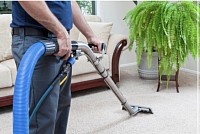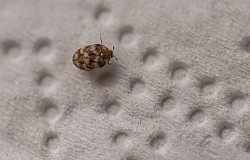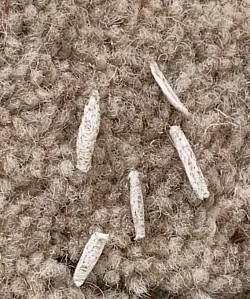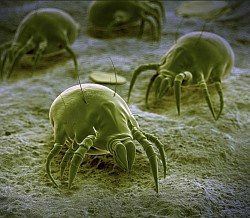Nitro Plymouth Carpet and Upholstery Cleaning Services
Reasons to clean your carpets and upholstery
1 Health Benefits: Over time, carpets and upholstery accumulate dust, dirt, and allergens such as pet dander, pollen, and mold spores. These irritants can trigger respiratory problems and worsen allergies or asthma symptoms. Regular cleaning effectively removes these harmful particles, promoting a healthier indoor environment for you and your family.
2 Improving Indoor Air Quality: Dirty carpets and upholstery can emit unpleasant odors and release pollutants into the air, negatively affecting the overall air quality in your home. A thorough cleaning eliminates these pollutants, leaving your living spaces smelling fresher and more inviting.
3 Maintaining Appearance: Without regular cleaning, carpets and upholstery can become stained, faded, and worn, diminishing the aesthetic appeal of your home. Consistent cleaning helps preserve their vibrant colors and texture, extending their lifespan and keeping your interiors looking their best.
4 Removing Bacteria and Germs: Carpets and upholstery can harbor bacteria, viruses, and other germs that may contribute to illness. Routine cleaning helps eliminate these microorganisms, reducing the risk of infections and promoting a safer living environment.
5 Easier Maintenance: Keeping your carpets and upholstery clean on a regular basis simplifies ongoing maintenance. It prevents the buildup of dirt and damage, which can lead to costly repairs or the need for premature replacement, ultimately saving you time and money.
Carpet Beetle
Carpet beetles are tiny insects that are not visible to the naked eye. Often mistaken for dust mites, these pests feed on organic materials such as skin flakes, pet dander, and other debris commonly found in carpets and upholstery. Their presence can trigger allergic reactions in sensitive individuals, making them a concern for households, especially those with high humidity or inadequate ventilation.
How Carpet Beetles Affect Your Home
Carpet beetles can cause damage to natural fibers in carpets, upholstery, and other household textiles. Their larvae are particularly destructive, feeding on wool, silk, leather, and other materials, which can lead to unsightly holes and deterioration of your furnishings.
Preventing and Controlling Carpet Beetles
Regular and thorough cleaning of carpets and upholstery is essential to reduce the population of carpet beetles. Vacuuming frequently removes the organic matter they feed on, while professional cleaning treatments can eliminate larvae and eggs hidden deep within fibers. Maintaining low humidity levels and ensuring proper ventilation also help create an environment less hospitable to these pests.
Carpet Moth
Carpet moths, also referred to as clothes moths, are small, winged insects commonly encountered in residential settings. Measuring approximately 1/2 inch in length with a wingspan near 5/8 inch, adult moths typically exhibit beige or brown coloration and feature a distinctive fringe of hair-like scales along the edges of their wings. These insects are primarily nocturnal and are attracted to light sources.
Female carpet moths deposit their eggs on natural fibers such as wool, silk, and cotton. Upon hatching, the larvae feed on these fibers, resulting in damage to carpets, rugs, and various textiles. The larvae are small, cream-colored, and possess brownish-black heads. They produce silken tubes as they move, which are often visible on carpet surfaces.
Carpet moths thrive in humid environments and are most frequently found in areas where carpets or rugs are infrequently cleaned or vacuumed.
Dust Mites
Dust mites are minuscule arachnids, measuring approximately 0.1 to 0.5 millimeters, rendering them invisible to the naked eye. They inhabit nearly every household, residing in bedding, carpets, upholstered furniture, and other soft materials. Their primary food source consists of human skin flakes naturally shed daily.
These mites flourish in warm, humid conditions and are especially prevalent in environments with elevated humidity or inadequate ventilation. They are a frequent cause of asthma and allergy symptoms, as their feces and body fragments can become airborne, leading to respiratory irritation.
Although dust mites do not bite or directly harm humans, their presence poses significant challenges for individuals with allergies or asthma. Common allergic reactions include sneezing, nasal congestion, itchy or watery eyes, and respiratory difficulties.
Effective control measures for dust mites include regular vacuuming and professional cleaning of carpets and upholstery.





